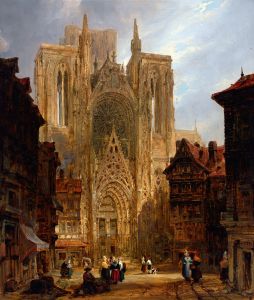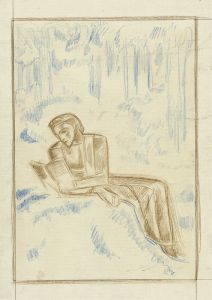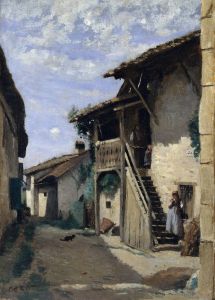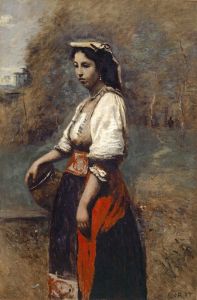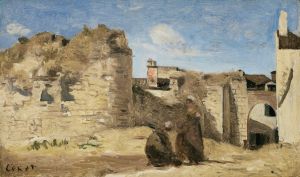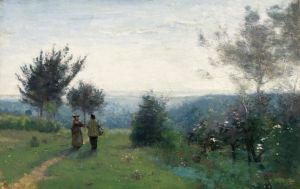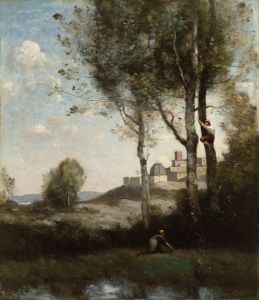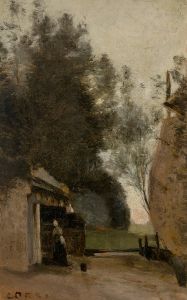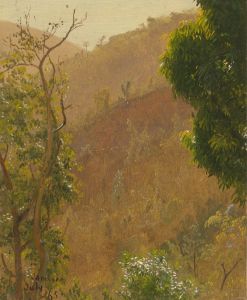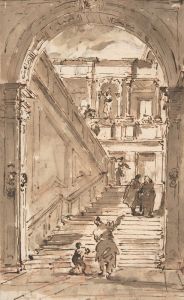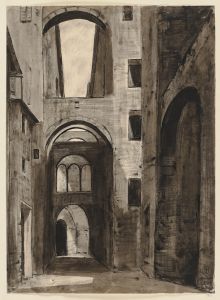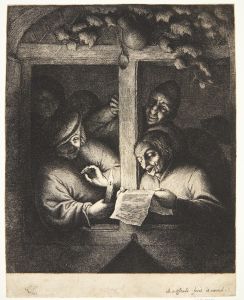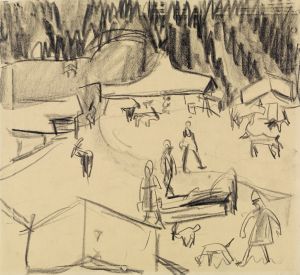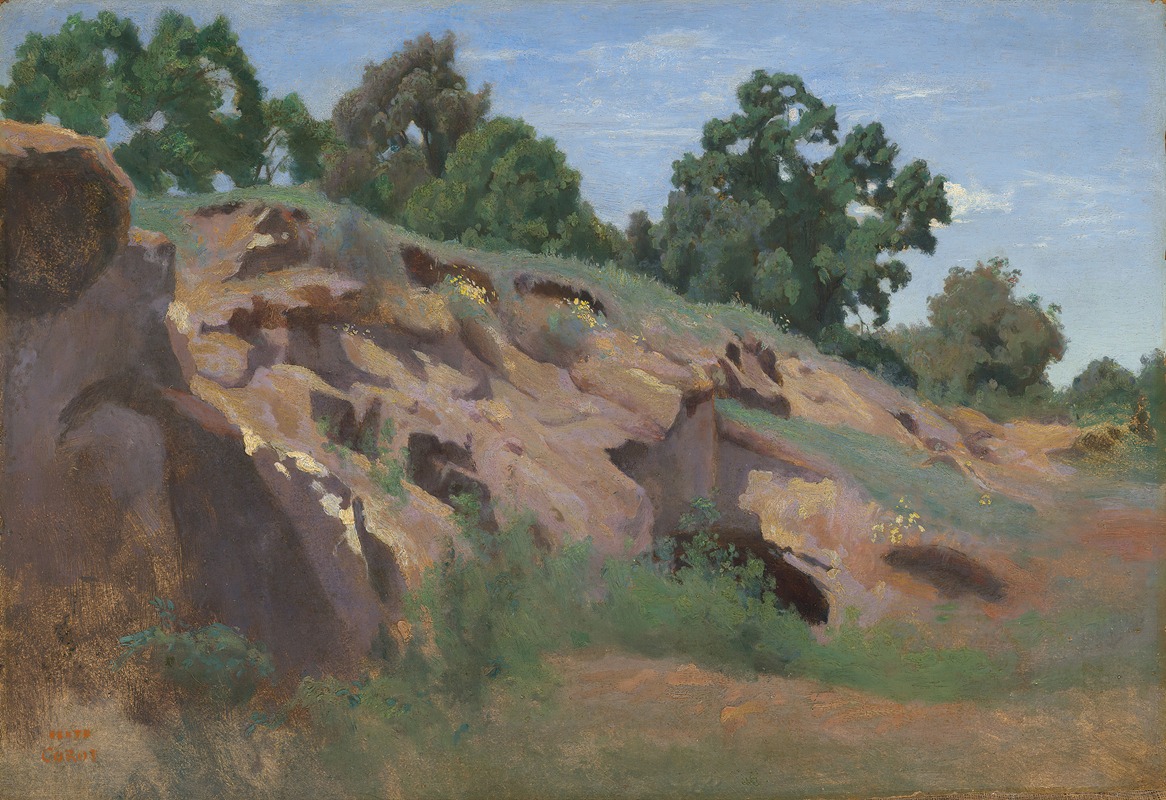
Versant rocheux
A hand-painted replica of Jean-Baptiste-Camille Corot’s masterpiece Versant rocheux, meticulously crafted by professional artists to capture the true essence of the original. Each piece is created with museum-quality canvas and rare mineral pigments, carefully painted by experienced artists with delicate brushstrokes and rich, layered colors to perfectly recreate the texture of the original artwork. Unlike machine-printed reproductions, this hand-painted version brings the painting to life, infused with the artist’s emotions and skill in every stroke. Whether for personal collection or home decoration, it instantly elevates the artistic atmosphere of any space.
Jean-Baptiste-Camille Corot was a pivotal figure in landscape painting during the 19th century, known for his ability to capture the natural world with a sense of tranquility and poetic realism. One of his works, "Versant rocheux," exemplifies his approach to landscape art, although specific details about this particular painting are not extensively documented.
Corot was born in Paris in 1796 and became one of the leading figures of the Barbizon School, a movement that emphasized naturalism and was a precursor to Impressionism. His work is characterized by a delicate balance between the real and the ideal, often depicting serene landscapes with a soft, atmospheric quality. Corot's paintings typically feature a harmonious blend of light and shadow, capturing the essence of the scene rather than focusing on intricate details.
"Versant rocheux," which translates to "Rocky Slope," likely depicts a natural landscape featuring rocky terrain. While specific information about this painting is limited, it can be inferred that Corot applied his typical techniques to convey the texture and form of the rocks, using a muted palette to evoke a sense of calm and timelessness. His landscapes often reflect his deep understanding of nature and his ability to translate its beauty onto canvas.
Corot's influence on the art world was significant, as he bridged the gap between the classical landscape tradition and the emerging Impressionist movement. His work was admired by many of his contemporaries and later artists, including Claude Monet and Camille Pissarro, who were inspired by his innovative use of light and composition. Corot's ability to capture the transient effects of light and atmosphere paved the way for the Impressionists' exploration of these themes.
Throughout his career, Corot traveled extensively, painting scenes from various regions in France and Italy. His travels provided him with a wealth of inspiration, allowing him to explore different landscapes and atmospheric conditions. This exposure to diverse environments enriched his artistic vision and contributed to the development of his distinctive style.
Corot's legacy is evident in the way he influenced subsequent generations of artists. His approach to landscape painting, characterized by a focus on mood and atmosphere, resonated with the Impressionists and continues to be appreciated by art enthusiasts today. Despite the lack of specific information about "Versant rocheux," the painting is a testament to Corot's mastery of landscape art and his enduring impact on the art world.
In summary, while detailed information about "Versant rocheux" is scarce, the painting is representative of Jean-Baptiste-Camille Corot's broader body of work. His landscapes are celebrated for their serene beauty and innovative use of light, making him a key figure in the transition from traditional to modern approaches in landscape painting. Corot's influence extends beyond his lifetime, as his work continues to inspire and captivate audiences around the world.





